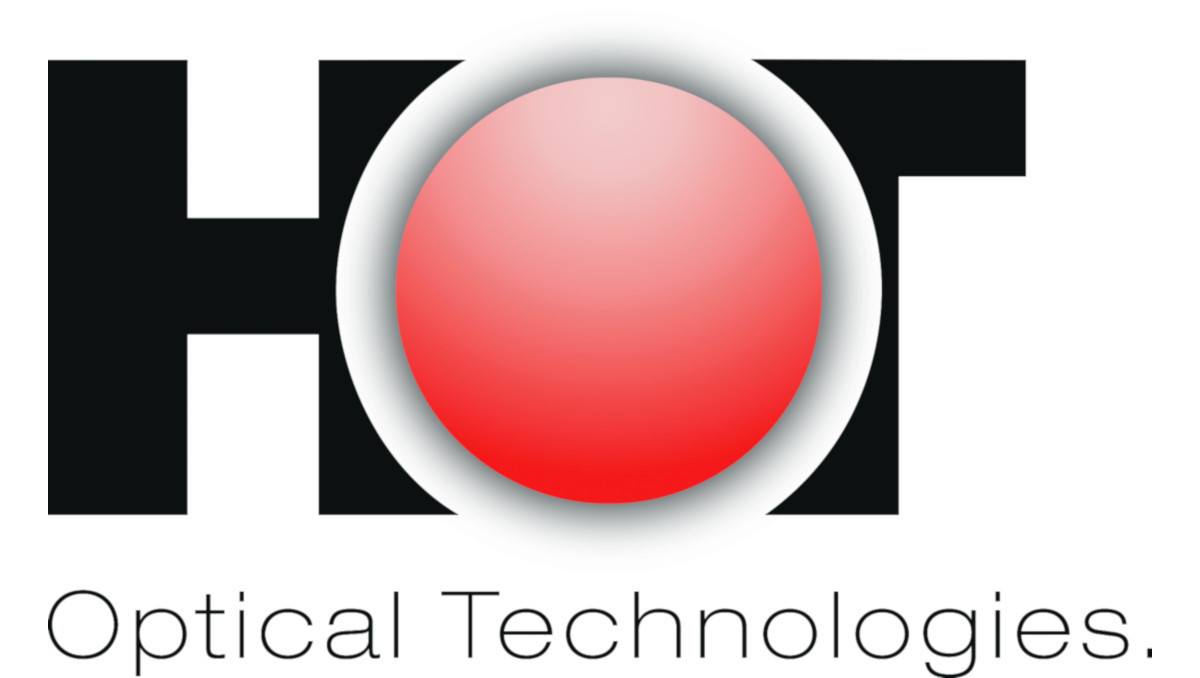Nanophotonic optical phased arrays
Opportunities and limitations
- authored by
- Antonino Cala Lesina, Dominic Goodwill, Eric Bernier, Lora Ramunno, Pierre Berini
- Abstract
Optical phased arrays can steer a beam without mechanical rotation, thus achieving a very rapid scanning rate. The core element of an optical phased array is the pixel (unit cell) and its ability to control the phase and amplitude of the emitted/scattered light. We discuss the role of nanophotonics in achieving pixels that are small enough to avoid grating lobes, which are undesired in LIDAR applications. In particular, we designed a plasmonic pixel embedded in a conductive oxide and separated from it by a thin layer of oxide, thus forming a MOS capacitor. Applying a voltage, we can drive the MOS into accumulation and depletion, and produce a refractive index variation over a thin layer in ITO. This shifts the plasmonic resonance and modifies the phase of the reflection coefficient. We demonstrate the use of our pixel for beam steering in reflectance via 3D-FDTD simulations. We also discuss how pixel limitations, such as a limited phase range and a non-controllable amplitude of the emitted light affect the quality of the LIDAR system.
- External Organisation(s)
-
University of Ottawa
Huawei Technologies Canada Co., Ltd.
- Type
- Conference contribution
- Pages
- 81-82
- No. of pages
- 2
- Publication date
- 09.2020
- Publication status
- Published
- Peer reviewed
- Yes
- ASJC Scopus subject areas
- Electrical and Electronic Engineering, Modelling and Simulation
- Electronic version(s)
-
https://doi.org/10.1109/NUSOD49422.2020.9217729 (Access:
Closed)
